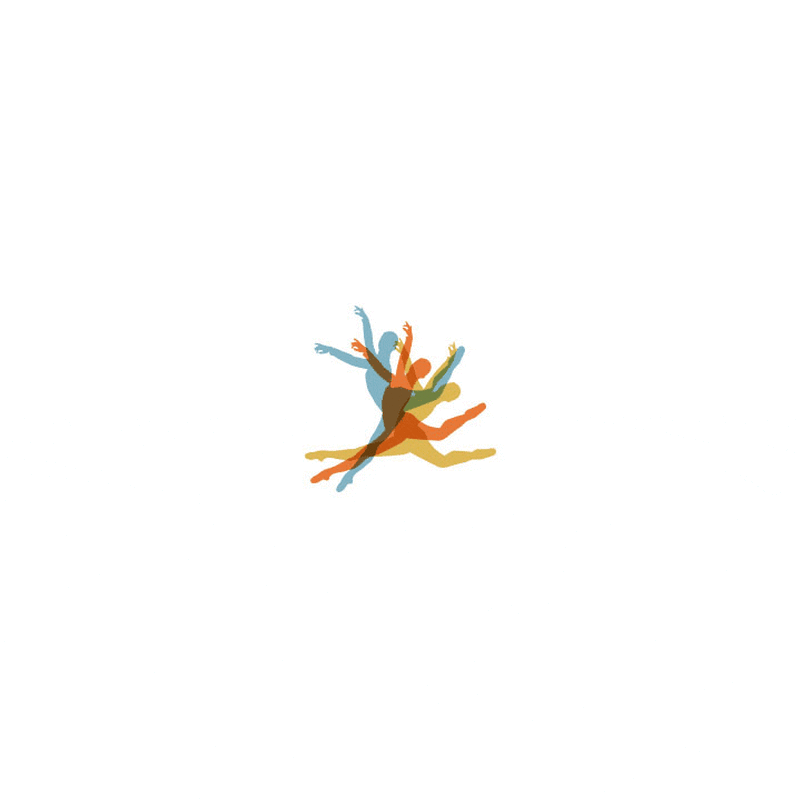A ballerina and her shoes, by Virginia Pilgrim Ramey
I have been wearing the same kind of pointe shoes ever since I started dancing professionally with Ballet Memphis back in 2001. I think I have even had the same exact specifications the whole time as well. I wear Freeds, which are made in London, and the maker of my shoe puts a little anchor stamp on the bottom of every shoe as his own personal symbol. The same guy makes every single one of my shoes!
When I started wearing Freeds, I first chose which maker I liked the best, and then I was able to choose more specific measurements which would make the shoes work best for my feet. My shoes have a longer vamp which is the piece that measures from the platform to the drawstrings. It helps my small feet look a little longer. I also have the sides of the shoes cut down a bit so that they won't cover up too much of my feet.
The shank in my shoes is made up of a layer of leather and a layer of glue and burlap. I choose to have what is known as a combined shank so that they will be more supportive and last for as long as possible. Some women choose just one layer or the other. Each of my shoes comes with a three-quartered shank, but I cut them even more before I begin wearing them, so that the shoes will form perfectly to the arches of my feet. After wearing each pair once or twice, I usually add a little extra glue which helps them last longer. Unfortunately, the glue also causes the shoes to sound louder on the stage, so I have to be really careful with how much I use!
The life span of my pointe shoes really depends on what we are working on. Most contemporary pieces require soft pointe shoes, very well broken in, because there is less movement actually on pointe, but for classical pieces I need much harder shoes, almost brand new. In classical ballet, we usually spend more time on pointe and on one foot at a time, turning or balancing, so the shoes must be more supportive.
Last season, while rehearsing the pas de deux from Don Quixote, I would break a pair in just once in class, then they would be perfect for only one or two rehearsals. After that, I could still use them for other pieces we were working on, just not the classical work. I am so bad about throwing pointe shoes away because I always think that they will be useful for another ballet at some point in the future. I end up with a locker overflowing with shoes that really are just too dead to be worn!
This season, with our extra touring, the usual Nutcracker shows, and the additional full-length Swan Lake, I will probably go through more pointe shoes than ever before. That means sore feet from dancing so much (a good thing!), and sore fingers from sewing the ribbons and elastics on each pair. That's another thing I do to make my shoes fit perfectly to my feet. I sew the ribbons exactly where my foot arches, and the elastics go exactly at the back of my heel to hold the shoe in place. It takes a lot of time, but all the preparation we ballerinas do to our shoes really gives our feet and our dancing the highest quality for our audiences!
Virginia Pilgrim Ramey




